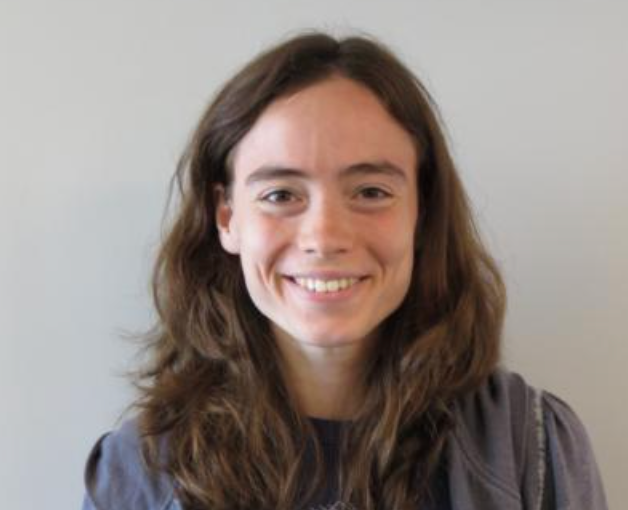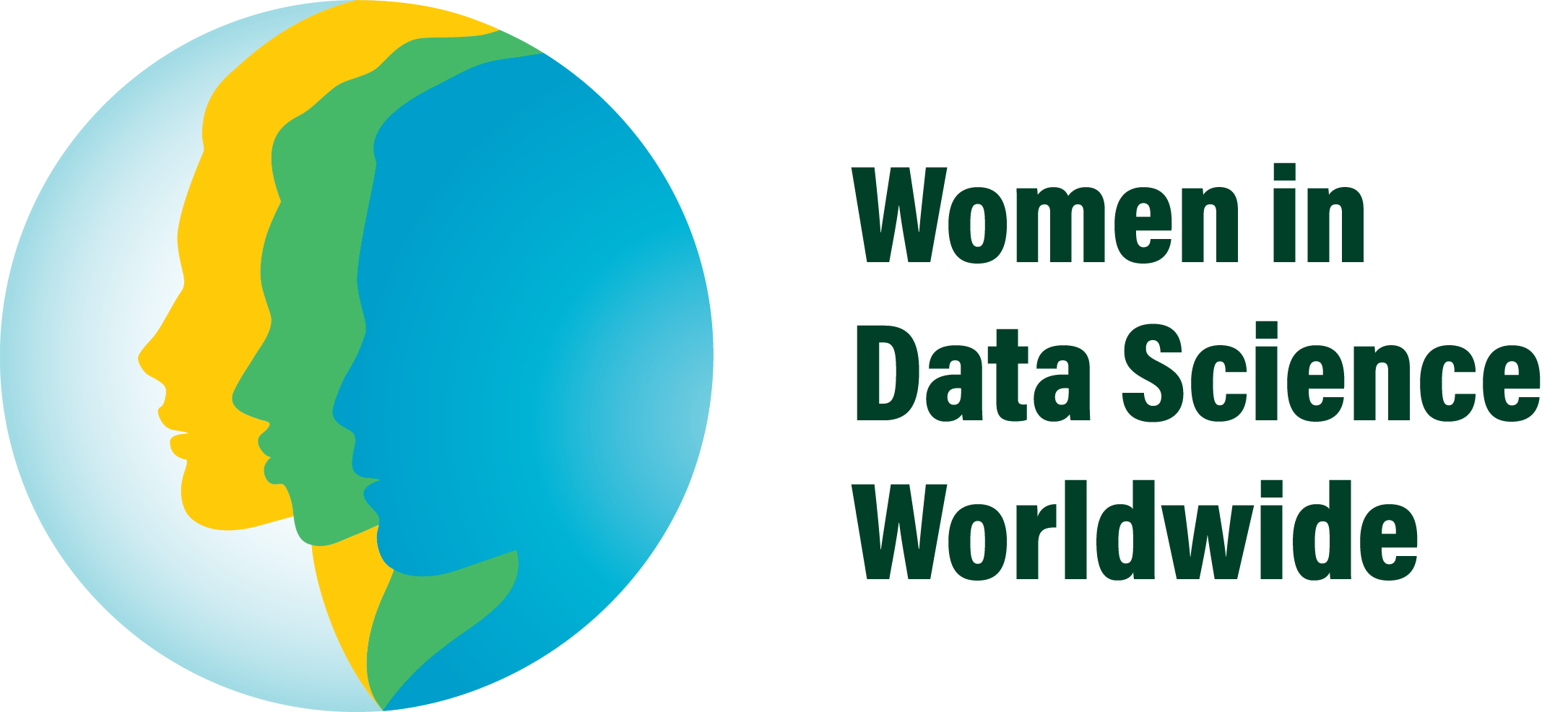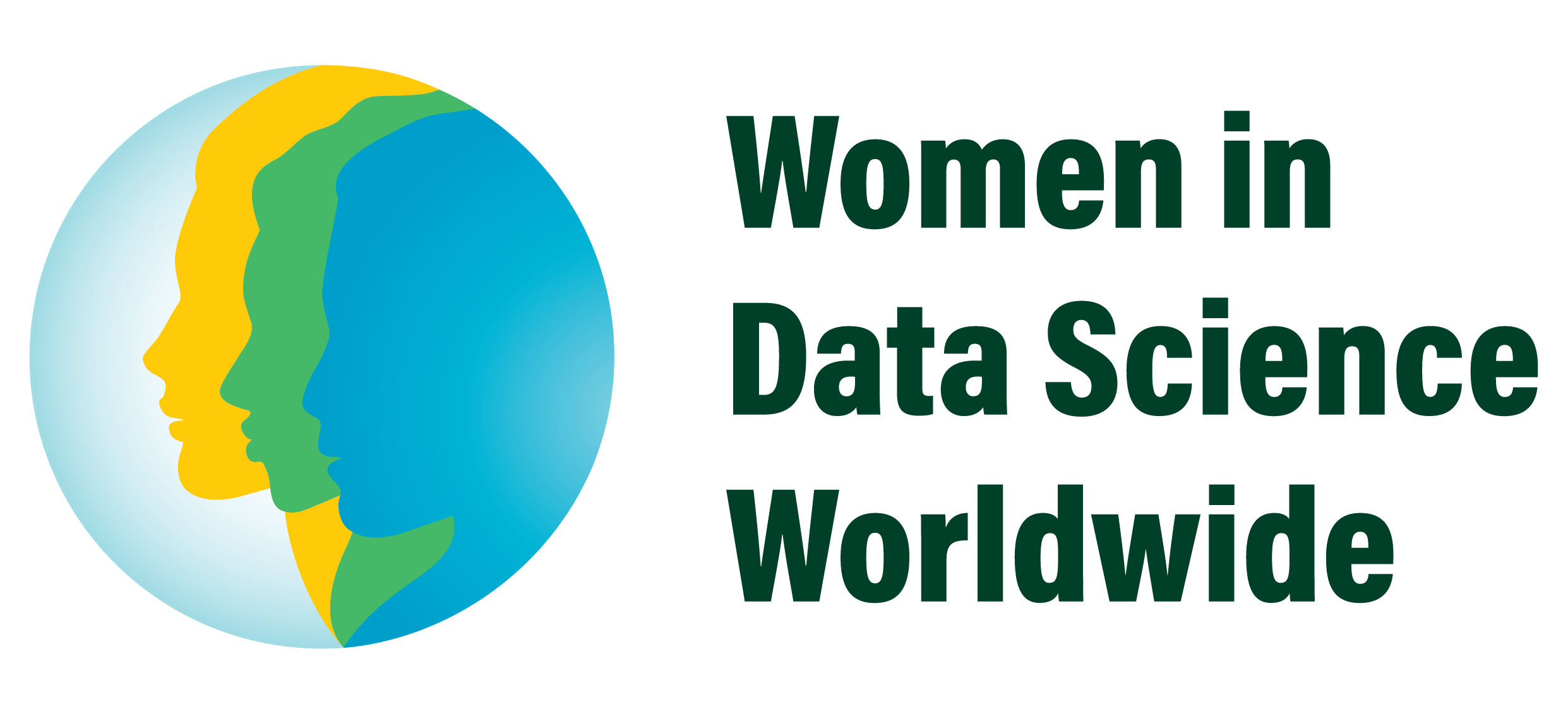Graph Theory for Data Science, Part III: Characterizing Graphs in the Real World
About This Video
Graph theory provides an effective way to study relationships between data points, and is applied to everything from deep learning models to social networks. This workshop is part I in a series of three workshops. Throughout the series we will progress from introductory explanations of what a graph is, through the most common algorithms performed on graphs, and end with an investigation of the attributes of large-scale graphs using real data.
And in particular for Part III:
Many of the systems we study today can be represented as graphs, from social media networks to phylogenetic trees to airplane flight paths. In this workshop we will explore real-world examples of graphs, discussing how to extract graphs from real data, data structures for storing graphs, and measures to characterize graphs. We will work with real examples of graph data to create a table of values that summarize different example graphs, exploring values such as the centrality, assortativity, and diameter of each graph. Python code will be provided so that attendees can get hands-on experience analyzing graph data.
This workshop was conducted by Stanford ICME PhD student, Julia Olivieri.
In This Video

PhD Candidate, Stanford University, ICME
Julia is a third-year PhD student in ICME (the Institute of Computational and Mathematical Engineering) at Stanford. I graduated from Oberlin College in 2016 with majors in Mathematics and Biology. Julia is currently working with ProfessorJulia Salzman to develop robust statistical tools for analyzing alternative splicing from single cell RNA sequencing data. With Roozbeh Dehghannasiri, I have developed the SICILIAN pipeline to filter out low quality spliced alignments and allow for the discovery of high-confidence unannotated splicing, and developed the Splicing Z Score (SZS) method to analyze alternative splicing differences even from droplet-based RNA-seq data.

